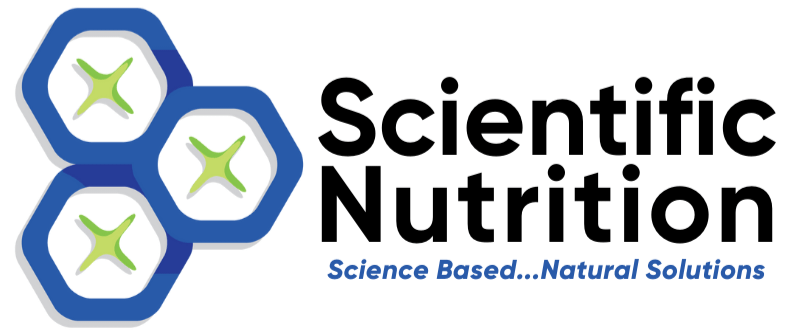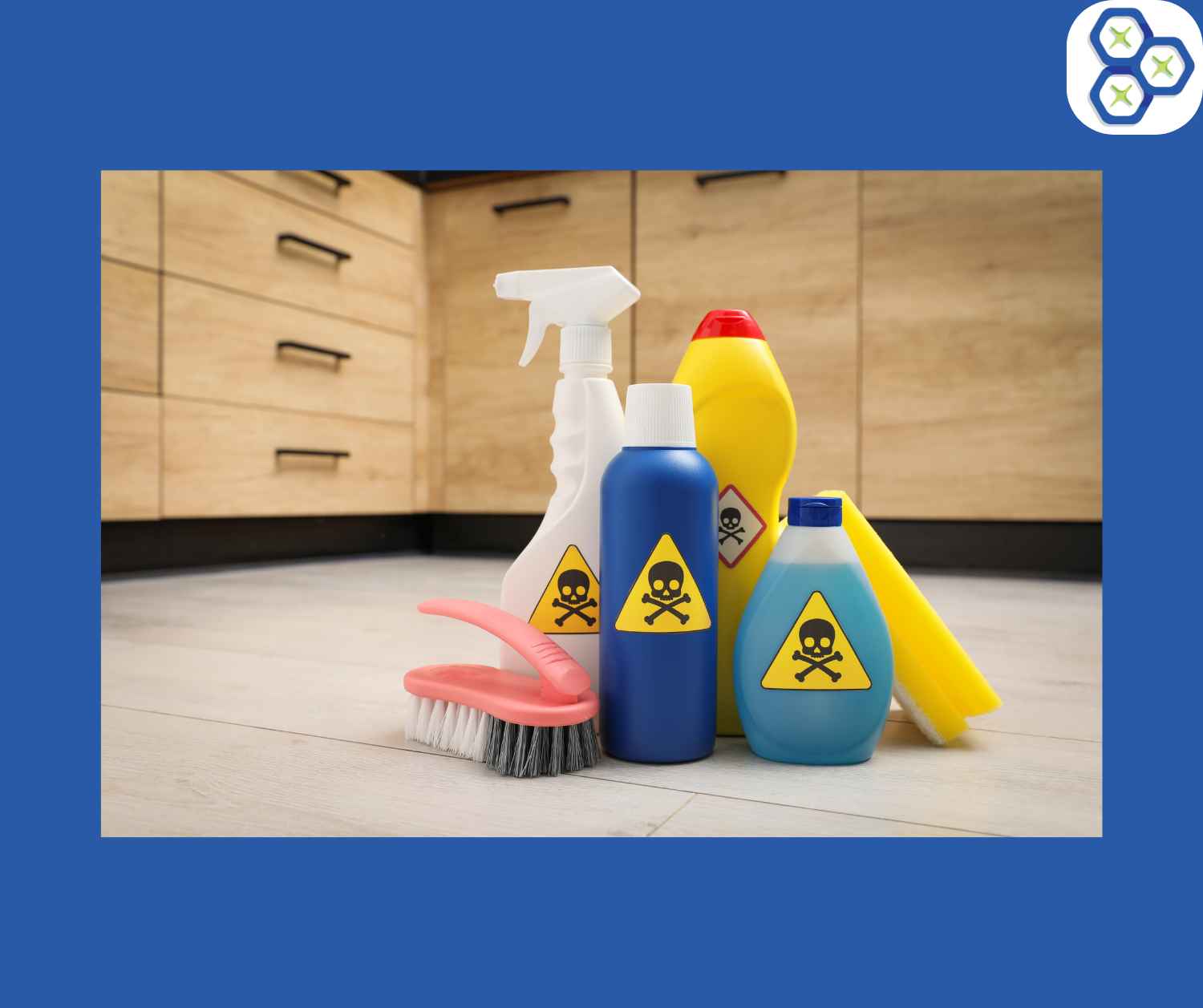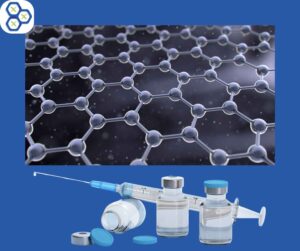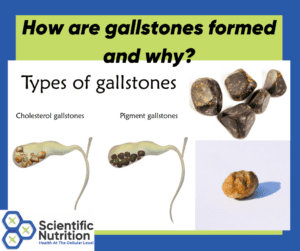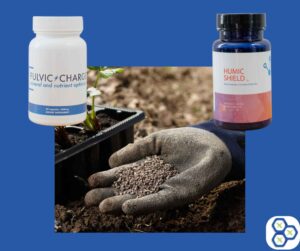The Dangerous Chemicals in Your Cleaning Products: What You Need to Know?
Toxic cleaning products surround us daily. We breathe toxins, have skin contact with toxic chemicals, ingest and are exposed to heavy metals, and need detoxification of so many harmful poisons. Many of my clients want to know where to look for toxic chemicals in products.
Commercial cleaning chemicals and environmental exposure to toxins may seem like a minimal threat but when you look at the totality of how many we are exposed to, it can be a huge accumulative amount in combination to serve as a wake-up call!
There are thousands of sources of toxicity that we are exposed to including glycol ethers (regulated toxic air contaminants) and terpenes and they can react with formaldehyde in the air to create lung-damaging ozone.
The fragrance of a citrus-scented cleaning product may make you feel an environment is clean but what is often used is limonene and linalool which are synthetic fragrance terpene chemicals. You may not even pick up any kind of odor or fragrance but the exposure is constant.
Common Household Cleaning Products Toxins and Their Effects on Your Health?
They can reduce sperm count, and reproductive functions, weaken the immune system, complicate or create respiratory issues, cause headaches, hormone disruptions, liver and kidney issues, headaches, as well as thyroid issues.
Does anyone in your home have nasal infections, runny noses, or inflammation in their sinuses?
Often times the usage of cleaning products is the culprit. The likelihood of kids having rhinitis, an inflammation of the nose lining, can be linked by 29 to 97%.
When researchers calculated kids’ “total chemical burden” in one study by adding up the total time of exposure to 14 different home cleaning products including spray cleaners, chlorine bleach, air fresheners, etc. The rhinitis symptoms were worse as the total chemical burden increased. This contributes to the risk of developing asthma or attacks.
When you include synthetic scents used in soaps, laundry softeners, etc. it can compound symptoms of chest tightness, coughing, wheezing, and additional respiratory illness. These chemicals can trigger dermatitis, rashes, psoriasis, and eczema from preservatives like methylisothiazolinone which is one of the worst toxins that can be found in cleaning and laundry products marketed as “natural.”
Where Do These Chemical Exposures Come From?
Common products are commercial cleaners, air fresheners, scouring powders, insecticides, surface cleaners, and polishing agents.
Don’t always trust products saying “natural”, “green” or “naturally”. A 2015 study found they contained VOCs, carcinogens, and toxic fragrances, similar to store-bought chemical cleaners.
You also want to avoid antibacterial soap with the active ingredient Triclosan and other antibacterial agents. Handwashing with soap for 40 seconds has clinically been found to remove the same amount of bacteria without chemical poisoning.
Mixing cleaners can be not only dangerous but deadly. Bleach mixed with a cleaner containing ammonia creates chloramine gas. Children’s Hospital of Philadelphia warns that just a few whiffs of this gas can set off 24 hours of symptoms involving eye, nose, throat, and airway irritation, sore throat, teary eyes, runny nose, coughing, and chest congestion.
You may not think to mix bleach with products but even applying it on top of a product previously used with an acid-based cleaner also creates chlorine gas, another irritant, but with more serious and longer-lasting effects than chloramine. Even mixing white vinegar with bleach could create hazardous gas, as well as acids found in oven cleaners, drain openers, and toilet bowl cleaners.
What chemicals are found in cleaning products?
Common chemicals in personal care and cleaning products to look for may include:
Ammonia, BHA/BHT (Butylated hydroxyanisole, butylated hydroxytoluene), Chlorine, Coal tar dye (P-phenylenediamine), DEA (Diethanolamine), DBP (Dibutyl phthalate), Fluoride, Formaldehyde (listed as DMDM hydantoin, Diazolidinyl urea, imidazolidinyl urea), Mica, Parabens, Phthalates, Petroleum jelly, PTFE (Polytetrafluoroethylene), SLS/SLES (Sodium Laureth Sulfate), Sodium hydroxide, and Triclosan.
Baby wipes and all commercial detergents may contain phenoxyethanol. This toxin is said to cause skin and lung irritation. Over long-term exposure, inhaled or through skin contact, it may be toxic to the kidneys, nervous system, and liver.
How to Minimize Chemical Exposure in Your Home: Actionable Tips:
Bug Repellent
Pest control products and chemical-based bug repellents that contain harmful chemicals should be replaced with organic and plant-based products. You can use them to apply in your yard or dried, crushed, or rubbed on the skin to ward off flies, mosquitoes, and fleas.
A blend of plants including Citronella, Basil, Lavender, Lemon balm, Peppermint, Catnip, and Marigold. You can plant these within your existing landscape.
Carpeting
Perfluorinated compounds (PFCs) are a group of extremely toxic materials that don’t break down in the environment. The most toxic of these is a chemical called perfluorooctanoic acid (PFOA), which is used to produce carpeting and upholstery.
These chemicals make their way into household dust, which means you are inhaling them every day. Hardwood and stone floors are effective ways to reduce exposure to PFCs and other contaminants that accumulate in carpet dust.
If carpeting is necessary, use a well-sealed vacuum cleaner with a HEPA filter. This kind of filter reduces the amount of dust and bacteria that blow out into the air while cleaning. If you want carpet in your house, choose carpet made from natural fibers like sisal or hemp that has achieved Green Label Plus Certification. This type of carpet is resistant to mold and mildew.
Electronics
Don’t forget about TVs, clocks, radios, and other electronic devices in the bedroom. Devices that have a screen emit blue light and slow the production of melatonin, the necessary hormone for healthy sleep cycles.
Electronic devices also emit a small amount of electromagnetic radiation. If they are cracked, or their insides are otherwise exposed, toxic metals such as beryllium, lead, mercury, arsenic, and barium can leak. Make your sleep environment toxic-free by keeping them out of your bedroom.
Mattresses
Foam mattresses (including baby and children’s mattresses) most likely hold toxic flame retardants. When these chemicals are released, they can be inhaled and inhibit your body’s ability to heal and detoxify. Look for a non-toxic mattress made with organic stuffing and without flame retardants.
Additionally, mattresses should never be placed on a pressed wood or plywood bed frame as these are notorious for releasing formaldehyde and other chemicals. We can’t talk about mattress toxins without mentioning dust mites. These microscopic creatures are serious potent allergens. So vacuum and change sheets are washed in non-chemical soaps weekly.
Showers
We may think of filtering tap water, but few consider a filter for their bath or shower. Tap water is typically treated with chlorine to counteract pathogens and harmful organisms. This chemical actually makes the water more toxic.
Research has shown that when chlorine mixes with organic compounds in water, by-products are created called trihalomethanes (THMs). THMs cause free radicals or oxidation to kill cells that age us and leave a place for cancers to grow.
Tap water can also contain a carcinogen called chloroform, which is easily absorbed through the skin or inhaled if heated in a hot shower. I recommend buying a showerhead with a solid carbon filter on the showerhead to use even when drawing a bath.
Shower curtains, floors, and walls can also contain biological pollutants like fungus, mold, mildew, and other types of unhealthy organisms. Due to the heat and humidity, the shower is one place to clean after each use.
Sinks
Research shows that bathroom sinks, particularly the drain, can facilitate the growth of a fungus called Fusarium (a common source of infections). Use organic cleaning products to keep your bathroom clean not only to clean but to decrease breathing in toxins in a small, typically non-ventilated area.
Toothbrushes
Whenever you flush with the toilet lid open, the fecal matter becomes airborne and lands all over, including on your toothbrush. Close the lid before flushing to avoid ending up with fecal bacteria on your brush.
Viruses and bacteria can end up on your toothbrush and make their way into your body. These include the flu virus, E. Coli virus, Oral herpes, Staphylococci or staph bacteria, Porphyromonas gingivalis
Toothbrush cups can hold some of the worst germs in your house. They should be disinfected often or replaced with an open-air holder. Thoroughly wash your toothbrush after every use with peroxide and put it away when dry. Replace it every two to three months.
Floors
The floor of your bathroom is a haven for germs, dirt, and harmful toxins of all types. Cleaning the bathroom floor one to two times a week with organic cleaning products is essential. If you have laminate, hardwood, or tile you can also use a steaming machine between cleanings to disinfect.
Rugs in the bathroom can be a breeding ground for toxins or bacteria as well as mold and mildew.
Vinyl flooring often used in bathrooms can contain significant amounts of phthalate plasticizers and synthetic chemicals that heat up to be released often. Polyvinyl chloride (PVC or vinyl) is the most toxic of plastics because it emits dioxins. The EPA has warned that these are some of the most toxic, carcinogenic chemicals known. Please use fabric, water-resistant curtains, or consider switching to glass doors.
Keeping the kitchen floor clean of debris and bacteria will cut down on possible insect or rodent attractants or contaminations.
Kitchen
When we are preparing meals or handling different ingredients such as meat and vegetables it is very important to use thorough hand washing to stop cross-contaminating food-borne illnesses.
Don’t forget that food-borne bacteria can be on kitchen utensils, and cutting boards which are highly prone to bacteria due to the cuts made in the wood or plastic so clean them thoroughly as well. Try using a natural cutting board made of bamboo that is resistant to these cuts and has one board for meat and another for other foods.
To ensure minimal risk of bacterial growth, thoroughly clean items such as can openers, dishrags or sponges, garbage disposals that kick up germs, drains, and gadgets such as food processors daily. Don’t forget to disinfect the refrigerator and microwave (hopefully you don’t have one) bi-weekly as well!
Non-Toxic Cleaning Products Alternatives: How to Detoxify Your Home Naturally?
Organic, non-toxic cleaning doesn’t have to be complicated or expensive. You can make them at home using the following ingredients:
- Baking soda: Lifts stains, brightens, and deodorizes
- Essential oils: Provide natural, non-toxic fragrances and some are anti-bacterial
- Lemon juice: Kills mildew, and mold, and will eliminate odors
- Peppermint: Has antibacterial as well as insect-repellent properties
- Purified water: Free of chemicals and contaminants
- Vinegar: Contains natural acid and antibacterial elements to eliminate and disinfect
Non-toxic cleaning products I like to use are Castile Soap, pine oil, Tea Tree oil, apple cider and white vinegar, homemade dish soap, laundry detergent naturally made home deodorizers.
Hair Analysis and Cleaning Products
I work with my clients to eliminate and replace as many products as possible over time to cut down on exposure and give their bodies the nutrients they need to catch up on detoxification.
It is when we become nutritionally deficient that we are unable to remove the toxins in the first place. With the help of internal and external detoxification modalities, we can help your body to heal itself and clean the house.
For recipes to create healthy, natural, anti-bacterial cleaners email me to request a free guide be sent via email.
LET’s CHAT about your health goals!
Learn more information specifically on clean personal care products.
Copyright Scientific Nutrition, LLC 2020
